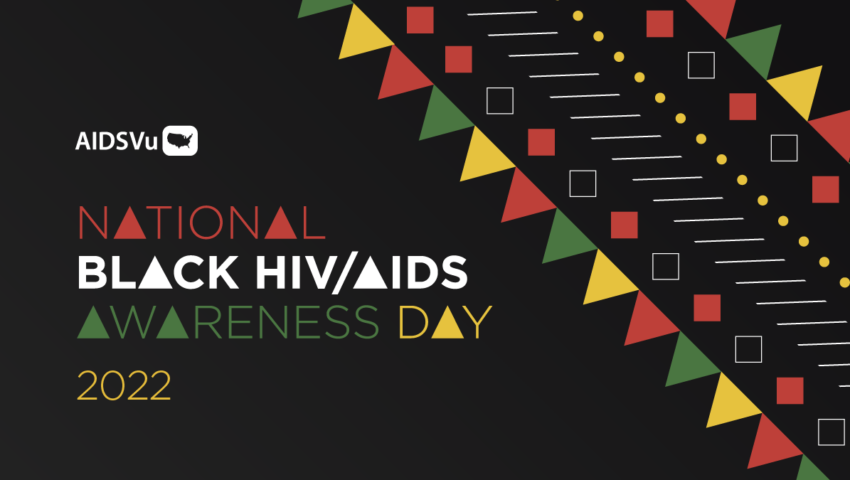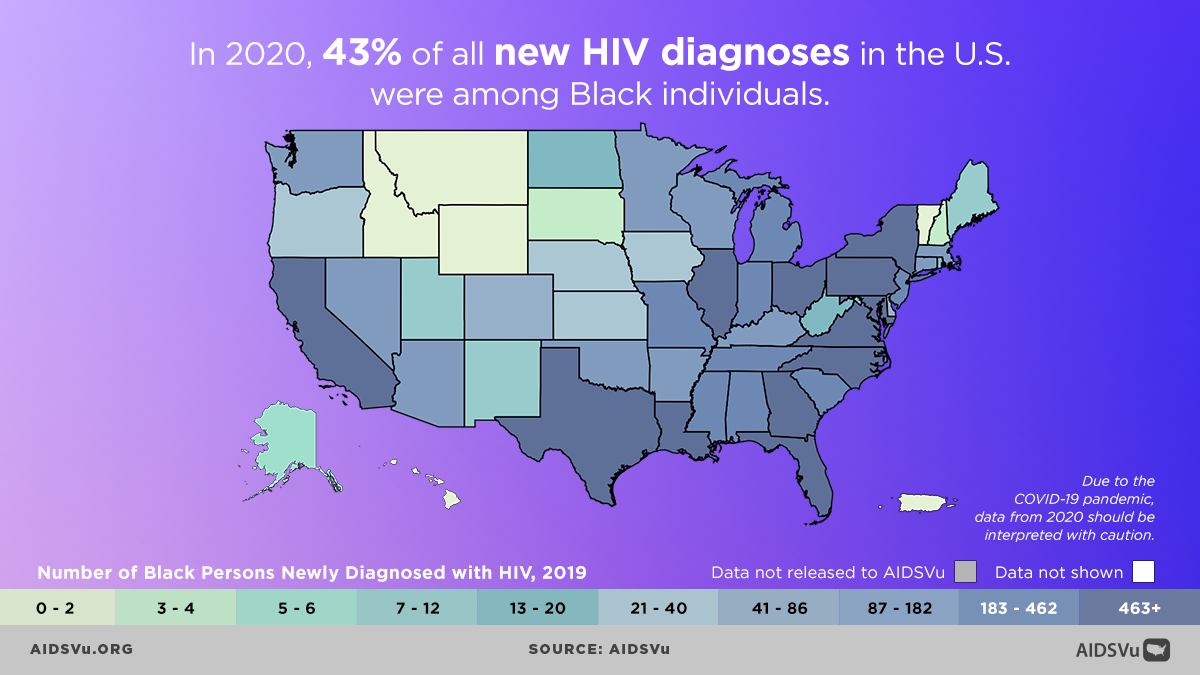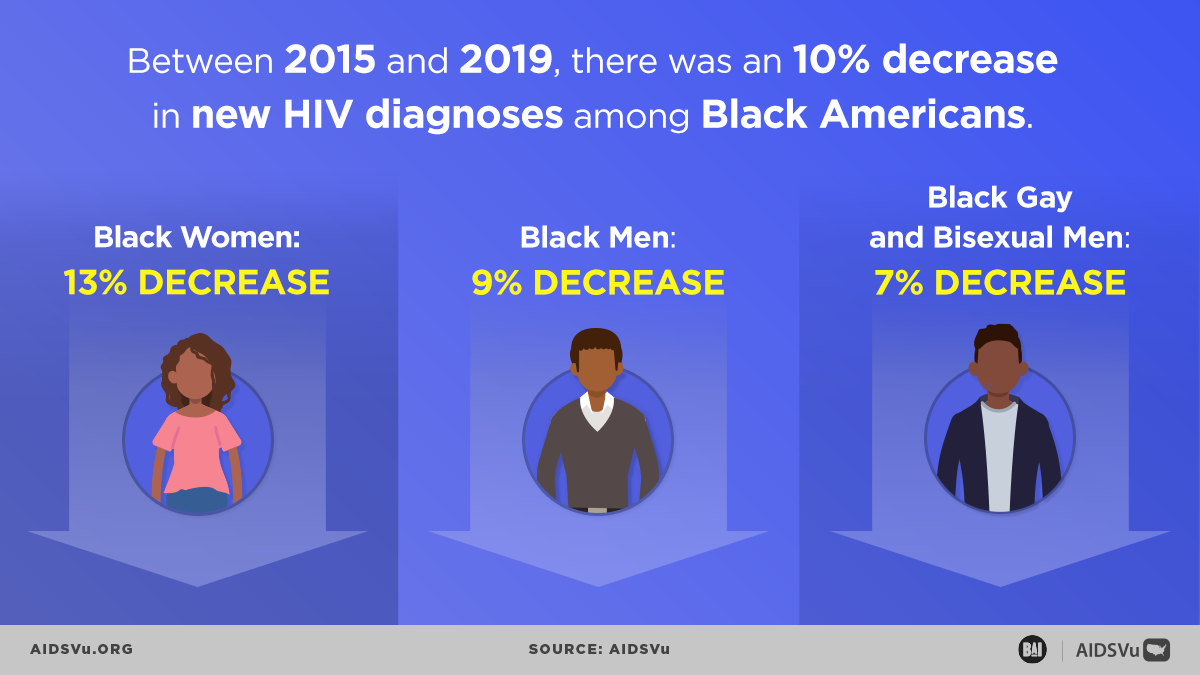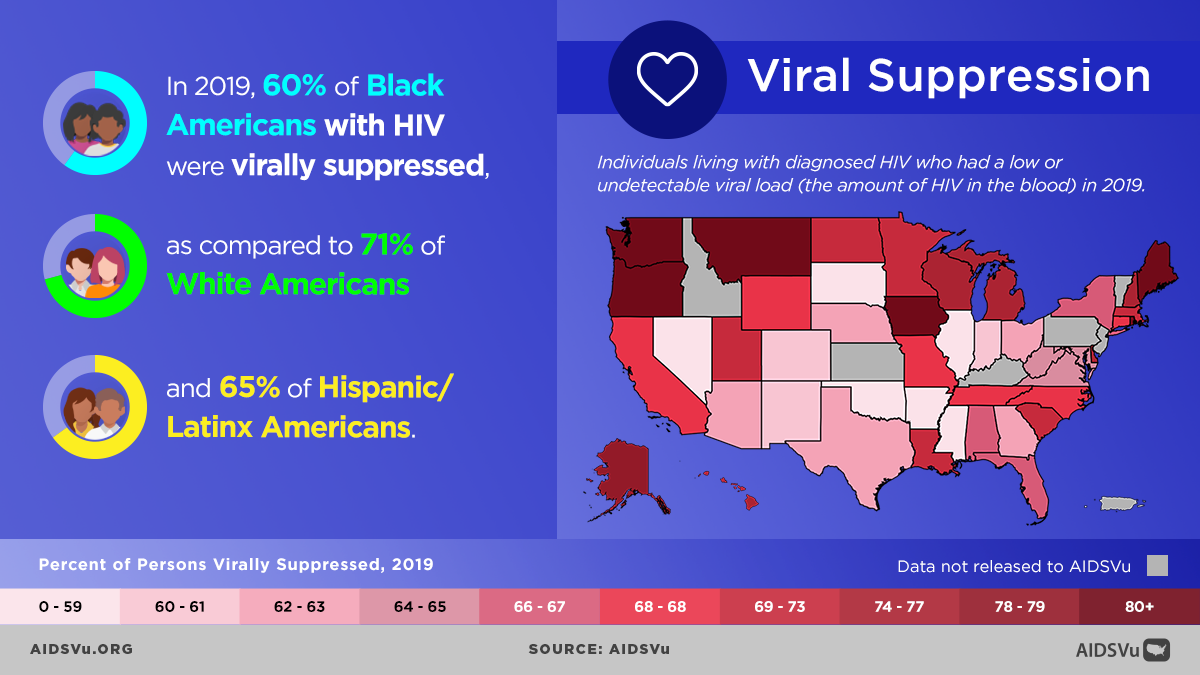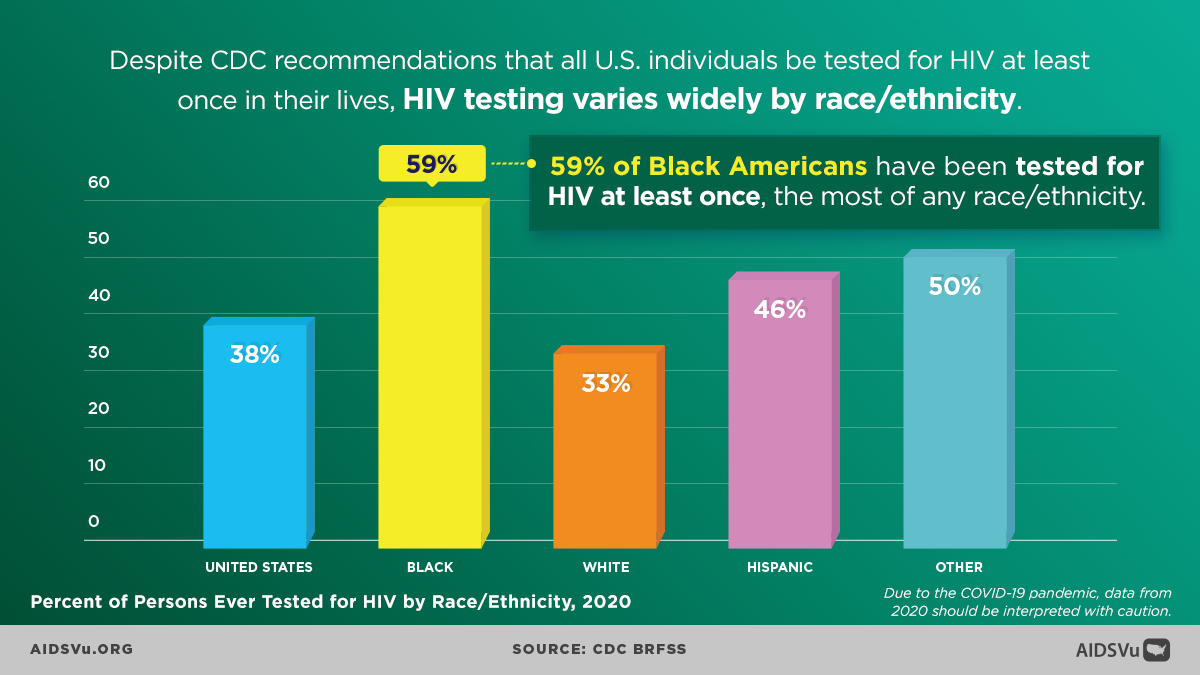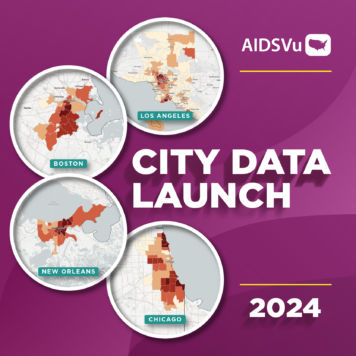On February 7, AIDSVu recognizes National Black HIV/AIDS Awareness Day (NBHAAD), a day dedicated to raising awareness of the disproportionate impact of HIV on Black Americans and the importance of increasing access to HIV education, testing, treatment, and prevention services. On this day, and throughout the year, it is important to acknowledge and address the social and structural determinants of health that drive the HIV-related health disparities experienced by Black communities.
These disparities are reflected in the rates of HIV in the U.S. population. In 2019, 40% of all people living with HIV were Black, despite comprising 12% of the U.S. population. The disparity is clear in new cases as well—In 2020, 43% of all new HIV diagnoses in the U.S. were among Black individuals. The problem is even more acute in the South, where Black Americans accounted for over half of all new HIV diagnoses in 2020, despite accounting for only 19% of the Southern population.
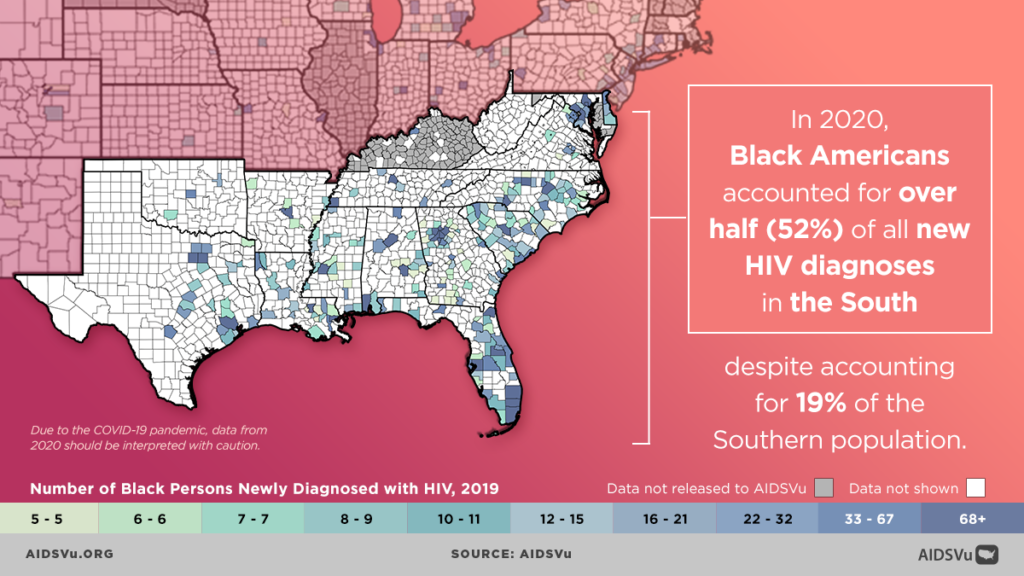
These disparities are not unique to HIV—rather, they are a small part of the myriad of health and economic inequities experienced by Black Americans. NBHAAD is an opportunity to advance a national conversation about the way social determinants of health and racial inequities have resulted in a disproportionate burden of HIV in Black communities. For example:
- In 2020, 19.5% of Black Americans were living in poverty, compared to 11% of the overall U.S. population.
- In 2020, Black families were twice as likely as white families to face food insecurity
- COVID-19 data from the CDC shows that Black populations in the United States experience higher rates of COVID-19-related hospitalization and death compared with non-Hispanic White populations.
Black Transgender Men and Women also continue to be disproportionately impacted by HIV, but the data has often underrepresented that impact due to challenges with accurate and inclusive data collection. According to the CDC, Black Trans Men and Women accounted for more than half of all people newly diagnosed with HIV among transgender people from 2009 to 2014.
This NBHAAD, we must recognize and address these deep, systemic inequities to work towards ending the HIV epidemic among Black Americans.
To learn more about how the HIV epidemic impacts Black Americans, explore these AIDSVu resources:
- Visualize HIV data stratified by race/ethnicity on AIDSVu’s interactive map.
- Explore our local data profiles to learn about HIV/AIDS in your area.
- Find available HIV testing and care services near you with AIDSVu’s service locators.
- View expert-led Q&A blogs to deepen your understanding of HIV/AIDS in Black communities.
- Share our infographics with your networks to raise awareness.

